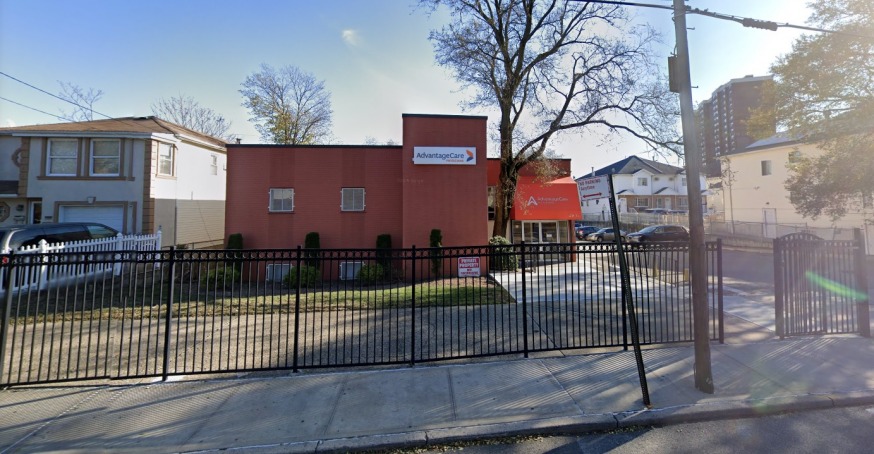
AdvantageCare 29-15 Far Rockaway Blvd. (Google Maps)
May 27, 2020 By Allie Griffin
The city opened its first COVID-19 testing site in Far Rockaway yesterday, nearly three months after the start of the pandemic — a delay a local council member said cost lives.
City Council Member Donovan Richards who represents the hard-hit neighborhood said many lives could have been spared from the devastating virus if the area had gotten testing from the city sooner.
“I commend the Mayor on opening two new sites in the Rockaways but we’ve pushed for more testing sites on the peninsula months ago, and I believe if we had them, we probably wouldn’t have had so many deaths,” Richards said.
The new testing center that opened Tuesday is run by AdvantageCare Physicians in partnership with the city. Two city-run testing sites will open in Far Rockaway tomorrow and next Thursday, Mayor Bill de Blasio announced yesterday.
The neighborhood has the third highest death rate in the city — and more than twice the citywide death rate — but has had no city-run coronavirus testing centers up until yesterday.
The virus spread throughout the predominantly black neighborhood and infected 2,223 people, killing at least 293 people in the area covered by the 11691 zip code, as of today at 1 p.m.
Across the whole Rockaway Peninsula, COVID-19 has killed 475 residents — though the death count is likely higher.
The Health Department has only released the number of confirmed COVID-19 deaths by zip code. The numbers don’t include the 4,752 probable deaths citywide, in which a person’s cause of death was determined to be coronavirus-related, but they didn’t test positive for the virus while alive.
Black and Hispanic New Yorkers have also died at roughly twice the rate of white New Yorkers and the death rate increases as income level decreases across the city.
The Rockaways is illustrative of the disparity — Breezy Point, covered by the 11697 zip code on the western end of the peninsula, had just two deaths and 104 cases of COVID-19 — a stark contrast to Far Rockaway’s numbers.
Far Rockaway residents are predominately black and Hispanic and more than 20 percent live below the poverty line, while Breezy Point residents are predominately white and only 3 percent live in poverty, according to census data.
“Our black and brown, low-income communities have historically been last or left out of every step of planning and executing,” Richards said. “That’s just not acceptable during a pandemic.”
“With Far Rockaway being one of the hardest hit areas, residents should’ve gotten priority testing closer to where they live and their socio-economic status shouldn’t have determined that.”
One Comment







We were told to shelter in place, only leaving our homes for brief exercise and to get essentials. No one had adequate testing at the onset of the pandemic. That was one of the deciding factors in shutting the city down in Mid March. A better question to ask is, what patterns existed in the low income areas that caused such a spread? Was it population density? A higher percentage of essential workers residing in these areas? What is the median age of the victims? What proof exists that anyone was denied testing because of their socioeconomic status or race when there weren’t tests to begin with? Everyone was left out of the planning.